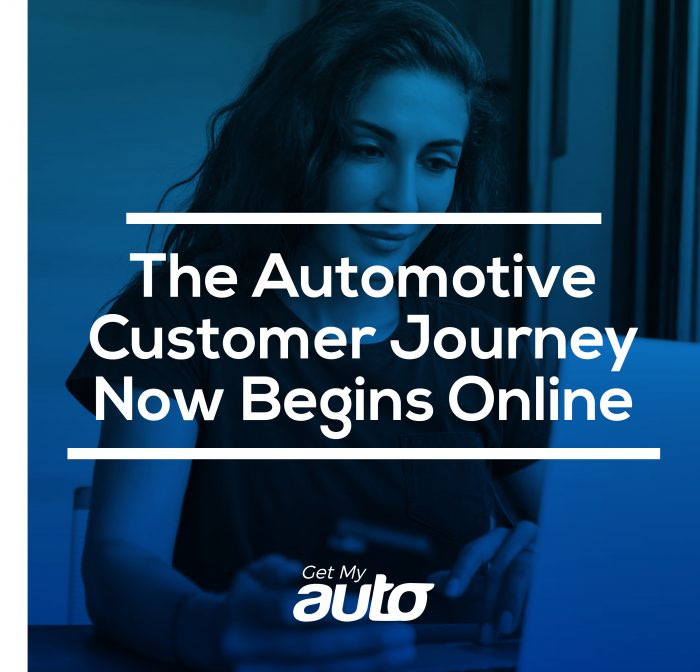Once upon a time, the auto buying experience always started in roughly the same way: With a trip to the nearest dealership, where shoppers could peruse inventory, kick tires, and potentially request a test drive.
Today, the typical automotive customer journey looks a bit different. That’s because today’s buyers are more inclined than ever before to begin their shopping experience online. The automotive industry is becoming more digitized all the time, making it convenient for buyers to look around online before they ever set foot in a traditional dealership.
In this post, we’ll take a closer look at some of the stats regarding online car shopping. We’ll examine some of the reasons for this move toward digitization. And we’ll discuss some of the implications for dealerships.
Automotive Industry Trends: What Does the Data Show?
For numerical insight into automotive trends, look no further than Google. According to search engine data, 95 percent of all car buyers begin looking for a new car online. In fact, the typical buyer spends a whopping 14 hours doing online research before they make contact with a local dealership.
Furthermore:
• According to Google, more than 70 percent of shoppers say that viewing online videos helped them make a decision about which make or model to buy.
• Mobile searches for “most reliable car” and like terms have grown by more than 70 percent in the past two years.
• Google Search is the first place drivers turn when they need information quickly (in particular about maintenance and service).
• About 65 percent of drivers who take their car in for service do so because they heard about the service center online.
Finally, a stat to encourage dealerships: While the automotive customer journey now starts online, about 95 percent of transactions still end up at the dealership.
What’s Causing These Automotive Trends?
There’s clearly been a sea change in the way consumers shop for cars. Now the question is, what’s causing that change?
In many ways, this is just the predictable outcome of an increasingly digital world: It’s a lot easier for buyers to do their due diligence online, gathering the information they need to make an informed decision at the dealership without having to contend with high-pressure sales reps.
Additionally, the role of COVID can’t be overstated. During the pandemic, buyers were understandably reluctant to venture out to crowded dealerships unless they absolutely had to. Shopping online made more sense, allowing buyers to find the vehicle they wanted without needing to leave home.
What are the Implications for Auto Dealers?
Finally, what do these automotive industry trends mean for independent dealers?
Simply put, dealers must recognize where their shoppers are coming from: They’re visiting the dealership because that’s where their online research led them. As such, dealers must invest in creating digital assets that attract and capture consumers, ultimately prompting them to visit the dealership to complete their transaction.
Our recommendation: To keep up with consumer trends, auto dealers need to renovate their marketing tactics and strategies, emphasizing the digital shopping experience. Specifically:
• Dealers should ensure they have a modern, mobile-first website.
• Dealers should be attentive to local SEO.
• Dealers are encouraged to create quality content, especially online videos.
• Finally, dealers should combine their SEO efforts with paid search and social advertising.
Using Dealer Software to Bring it All Together
In order to bring it all together, it is important to have a modern marketing CRM for automotive, working with a vendor like Get My Auto. In addition to providing robust software solutions, Get My Auto can guide dealers through every step of their marketing and lead generation campaigns.
Our software can help your dealership take advantage of these important automotive industry trends. To find out more, request a demo today.


